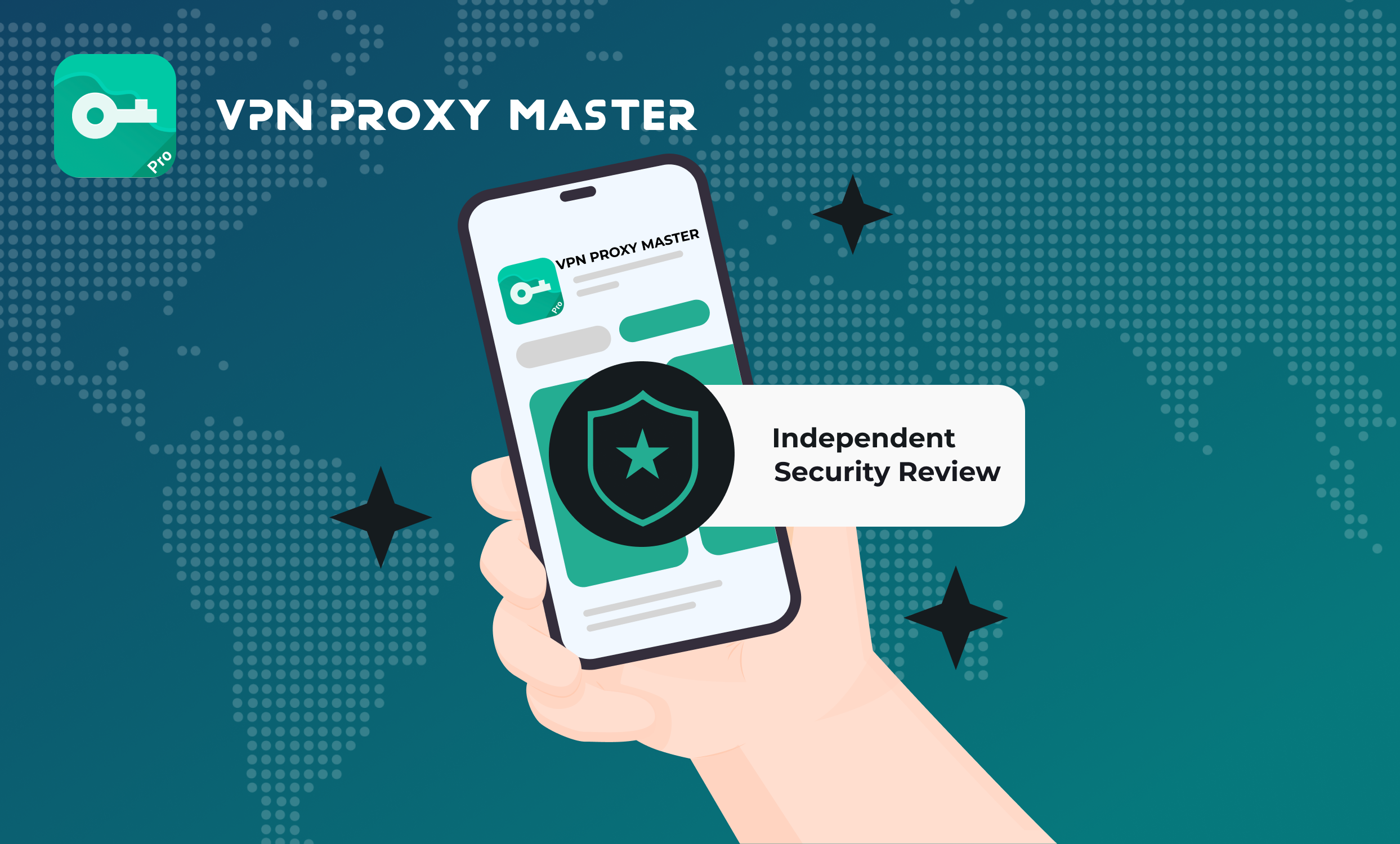
Technology and the internet are evolving right before our very eyes. Users worldwide have access to digital services and tools that is unfathomable up until a few years ago. However, digitization is full of danger. Cyberattacks are becoming increasingly frequent. We are seeing more and more massive data breaches, private data being stolen, credit card fraud and terrorists using online platforms to recruit and poison. The threats to our online security are becoming as real as our offline security.
With Covid-19 and the subsequent digitization of major businesses and enterprises, ensuring online security has become far more crucial than ever. In this article, we will explore what security keys are and how they can help online users stay safe and protected from the myriad of cyber threats.
What is a network security key?
A network security key knows as a password or a digital signature. It provides accessibility and authorization to connect to a wireless network. Furthermore, the security key works to establish a secure connection between the client requesting to connect and the router or the device they want to connect. A network security key is more commonly known as our Wi-Fi password. This secure connection helps protect our private network from unwanted access. It is vital to have a strong security key. Weak network security keys make us susceptible to cyber-attacks and hackers. If a cybercriminal is granted access to our data, they can wreak havoc by stealing our identity, confidential information and other serious consequences.
There are many different types of security keys. We use passwords to protect our various online transactions, whether social or financial in nature. The passwords we use make us the sole owners of that information. That is to say, we are the only people with access to that data. Our social media passwords such as Instagram and Snapchat, our online transactions in the form of one-time-passwords (OTPs), online shopping, email accounts, or any other online service that we use require special access.
To further illustrate the concept, think about shopping at a mall or dining in a restaurant. We would have to connect to their secure networks via a password to use their Wi-Fi. While travelling, individuals might have to pay a fee and sign up to use the airport's or the Cafe's Wi-Fi. The information we provide is protected, and we are granted access to the web. Individuals without the necessary login information will be denied access. This will keep out any potential Cyber attacks on the network. The networks are not immune to attacks, but security keys help limit them.
Types of network security keys
There are three most common types of network security keys used for authorization on wireless networks. Wi-Fi Protected Access (WPA/WPA2) and Wired Equivalent Privacy (WEP) are the most commonly used ones.
Wi-Fi Protected Access (WPA/WPA2)
WPA and WPA2 are both very secure network keys. WPA comes equipped with a passphrase or a password that we can source from the network owner. This network key is usually seen printed on the side of the Wi-Fi routers we own at home. These keys can be reset into whatever phrase or password the owner prefers.
The host device requires a security key to connect to the network with WPA's. The WPA and WPA-2 operate using the principle that once the key is validated, all exchange of information between the host device and the access point is fully encrypted.
The Wi-Fi Protected Access-2 is an even more secure, more updated version of the WPA. It works using a new algorithm that makes it faster and more efficient than its predecessor. Most businesses use WPA-2 because it offers more heightened security. With this kind of network, users might need devices with higher processing power. The majority of the users nowadays also use WPA-2 because of the added security measures.
Wired Equivalent Privacy (WEP)
A WEP key acts as a security passcode for devices that have enabled Wi-Fi. It allows devices on a network to exchange encrypted communication. These messages appear incomprehensible to users outside of the network. These keys consist of numbers ranging from 0 to 9 and letters ranging from A to F. For example, a standard WEP key could look like B5688A66.
The length of the key varies depending on the version of WEP used. These keys can be automatically generated, and some websites can help generate them for us. The approximately forty character key used for encrypting the data between our device and the router might seem like a secure process. Still, this key can easily be decoded by people cracking the frames. Therefore, this encryption method is seldom used nowadays as it is easy to crack and decode. The WPA is a much more secure method of encryption.
Where can you find the key?
Our computers will usually ask us for our network security key. It is relatively easy to locate and is typically found on the back of modems and routers. The back of routers contain a sticker that mentions the Wireless Network Name, also called SSID, and the security key password, our network key. We can also locate this security key by going to the settings in our computer in case your device is already connected to Wi-Fi.
Locating the network security key on Windows 10
Following are the steps we need to take to locate our network security key.
- Start by right-clicking on the Start menu. Click on "Network Connections."
- A window displaying your network status will appear. Click on "Network and Sharing center."
- Select the name of your Wi-Fi network.
- Select the option "Wireless Properties."
- Click on “Show Characters” to reveal your security key.
Locating network security key on a Mac
Following are the steps we need to take to locate our network security key on Mac.
- Click on the search icon located on the right side of the screen.
- Look up the phrase “Keychain Access.”
- Once the screen appears, click on the name of the network you use.
- Select the “Show Password” option.
- Enter the device’s password to reveal the security key.
Other ways to strengthen your network security
Weak passwords are amongst the easiest ways to let hackers into our accounts. People often use common phrases and words to help them remember passwords, but this is the most dangerous thing they can do. Along with creating a unique password, consider changing passwords every six months. Do not use names, birthdays or common words.
Additionally, keeping our anti-virus software, routers and firewalls updated is crucial. Firewalls help block intruders by setting up a "wall." They have the ability to allow and block traffic based on the results of their scans. Anti-viruses scan any incoming files for viruses and other malware. Getting and installing anti-virus software should be one of the first things we do before taking any other security measure.
Moreover, using a VPN such as the Proxy Master will help add an extra layer of security to our online interactions. A VPN conceals our IP address as it routes it through a VPN's host remote server. The VPN becomes the source of our data and our internet service provider; any potential scammers or any other third parties will not be able to witness our online interactions.
Conclusion
It is always better to be safe than sorry. The importance of a solid and unique password for our wireless networks is just as critical as having a solid security system in our homes. Keeping our systems up to date and installing additional security systems such as the VPN Proxy Master will help protect us from security breaches in the future.















